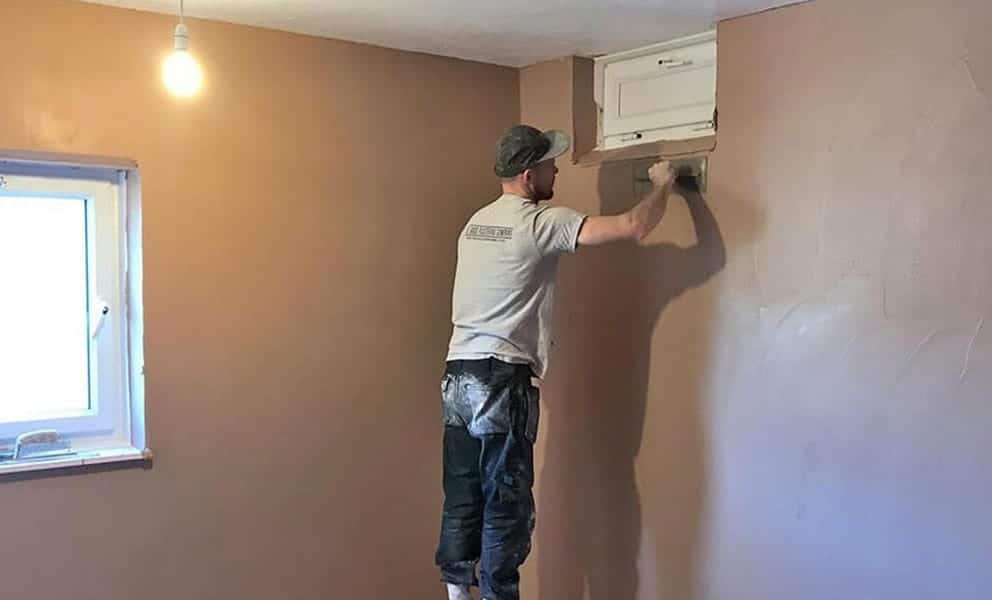
Call our team
01484 442420Find An Applicator
Menu
close

But it’s not always the best option – especially for solid walls, when it isn’t an option at all. Read on as we discuss the drawbacks of cavity wall insulation and two effective alternatives.
Cavity wall insulation is installed by drilling holes through the mortar in the external wall. An insulative material is then injected through these holes, filling the cavity with either bonded bead or mineral wool insulation.
Typically around 20-25mm in size, these holes are then filled back in to get the wall back to its original state. In cases where it’s suitable, cavity wall insulation can save you up to £280 on your energy bills. However, there are several instances where it’s simply not fit for purpose…
Given that cavity walls didn’t become common practice until the 1920s, many homes built before then will have solid walls. It goes without saying that owners of these properties will need to look for cavity wall insulation alternatives.
It’s also unsuitable for walls which are exposed to wind-driven rain. Broadly speaking, these are in regions on the west coast of England, Wales and Scotland, along with the majority of Northern Ireland. For a more detailed overview, take a look at the National House Building Council’s map.
In short, this is because the driven rain can soak and penetrate the brickwork, causing the cavity wall insulation to become damp. As a result, it loses its insulative qualities and can cause further damp problems for your walls.
For the same reason, cavity wall insulation is not recommended for walls that are completely unsheltered. Nor is it for those which have been poorly built or maintained, with cracked brickwork or render.
Similarly, any existing damp problems within your walls could force you to look for alternatives to cavity wall insulation. Walls need to be completely dry internally to avoid the insulative material absorbing moisture from within.
Exterior wall insulation works by adding insulative boards followed by a coat of render. However, the process can be made much quicker, easier and more effective using an innovative cork-based solution.
Thanks to the natural insulative quality of cork, walls can also be insulated from the inside. Two 3mm coats of fine-grain cork spray plus a 2mm skim of plaster will provide effective insulation without any bulky panels.
These alternatives to cavity wall insulation are effective, hassle-free and unobtrusive. Most importantly, they allow you to insulate your home and save on your energy bills and – like cavity wall insulation – could eventually pay for themselves.
If you’d like to find out more about SprayCork and how it can improve your home’s insulation, feel free to contact Corksol today. Alternatively, you can find a local approved applicator who is fully trained in SprayCork application.
"*" indicates required fields